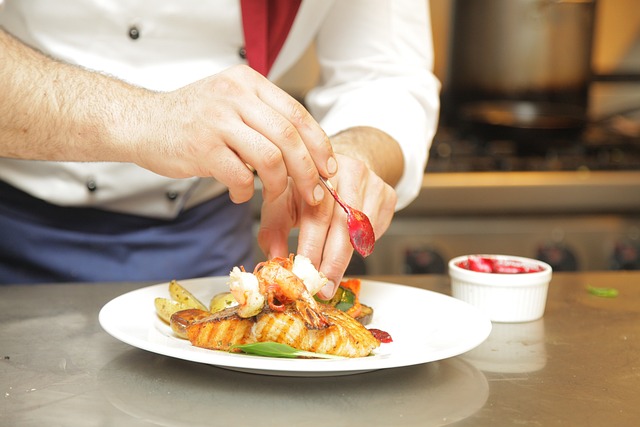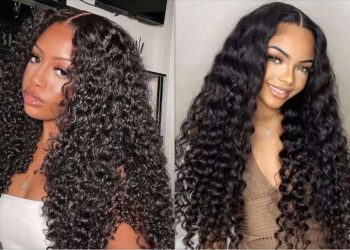As a professional chef, you know that the right uniform is an essential part of your job. It not only protects you from spills and burns but also represents your professionalism in the kitchen. Over the years, chef uniforms have evolved from simple aprons and hats to a full set of attire that includes coats, pants, and even shoes. Let’s take a look at the evolution of chef uniforms and how they have become an integral part of the culinary industry.
The Classic Chef Uniform:
The classic chef uniform originated in France in the 19th century. It was a simple white double-breasted jacket with long sleeves, paired with white pants and a tall chef hat called a toque. The white color represented cleanliness and professionalism, while the toque represented the chef’s level of experience. The toque’s height indicated the chef’s rank in the kitchen hierarchy, with taller hats being worn by more experienced chefs. The classic chef uniform consisted of a white double-breasted jacket, a white apron, and a toque. Made from heavy cotton, the jacket was designed to protect chefs from burns and spills in the kitchen. The toque was worn to signify the rank of the chef, and the white apron was used to keep the uniform clean.
The Modern Chef Uniform:
As the culinary industry has evolved, so has the chef uniform. Today, modern chef uniforms come in a variety of colors, styles, and materials, and are designed to provide comfort and functionality in the kitchen. The traditional white coat is still a popular choice, but it’s now available in different lengths, such as short-sleeved or three-quarter length, to suit different kitchen environments.
In recent years, chef uniforms have undergone a significant transformation. Today, the professional chef uniform is designed to be more functional and comfortable. Chef jackets are now made from breathable fabrics that allow chefs to move around the kitchen with ease. They also come in a range of colors and styles, allowing chefs to express their personal style.
Chef aprons have also evolved, and there are now several different styles available. From bib aprons to waist aprons, chefs can choose the style that best suits their needs. Some aprons even come with pockets to hold kitchen tools, making them even more functional.
In addition to the coat, modern chef uniforms include pants, often made from lightweight and breathable fabrics such as cotton or polyester. Many chefs also wear chef aprons, which come in different styles and colors to suit personal preferences and kitchen environments. Chef aprons protect the chef’s clothing from spills and stains, and some even have pockets to hold tools or other items.
The Importance of Professional Chef Uniforms:
Professional chef uniforms are an essential part of the culinary industry. They serve several purposes that not only ensure the safety and hygiene of the food but also help to create a professional image for the chef and the establishment. Here are some of the reasons why professional chef uniforms are important:
Hygiene: Professional chef uniforms are designed to keep the chef and the food clean. They are made of breathable fabrics that allow air to circulate, preventing sweat from accumulating and reducing the risk of bacterial growth. The uniform also includes an apron that helps to protect the chef’s clothes from spills and stains. While the style and material of chef uniforms have changed over the years, the importance of wearing a professional chef uniform has remained the same. A chef uniform is not only a representation of the chef’s professionalism, but it also serves as a protective barrier between the chef and the food. The uniform helps to prevent cross-contamination by keeping the chef’s clothing and skin away from the food.
Safety: Chefs work with sharp knives and hot appliances, so it is essential that they wear clothing that protects them from potential accidents. Chef uniforms are designed with safety in mind, and the sturdy fabrics and long sleeves of a chef coat help to prevent cuts and burns.
Professionalism: A professional chef uniform creates a sense of authority and respect in the kitchen. It helps to distinguish the chef from other staff members and sends a message to customers that they are in the hands of a skilled and experienced professional. Additionally, a professional chef uniform creates a sense of team spirit and unity in the kitchen. It’s a symbol of the chef’s dedication to their craft and their commitment to providing high-quality food to their customers. When a customer sees a chef in a professional uniform, they know that they’re in good hands and can expect a great meal.
Branding: The chef uniform can also serve as a branding tool for the restaurant or establishment. The uniform can be customized with logos, colors, and designs that reflect the brand and create a consistent image across the establishment.
In conclusion, chef uniforms have come a long way from their humble beginnings. From the classic white jacket and toque to the modern, comfortable and functional attire we see today, chef uniforms play an important role in the culinary industry. They represent the chef’s professionalism,







